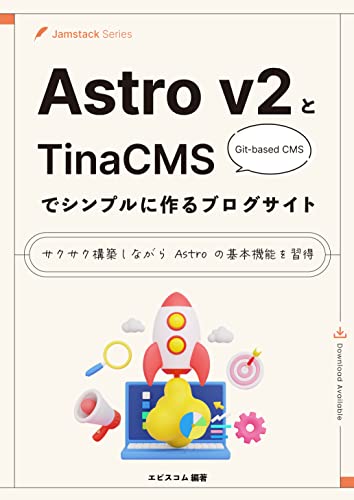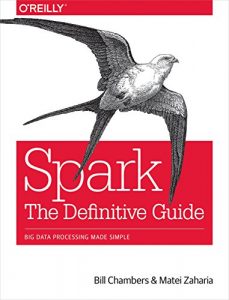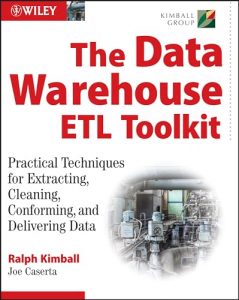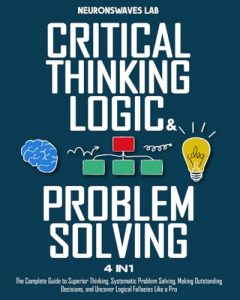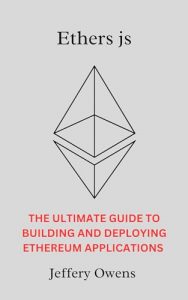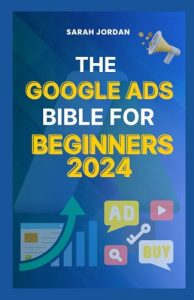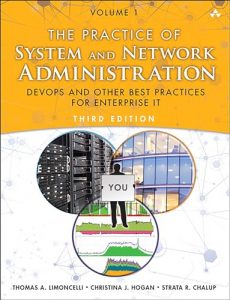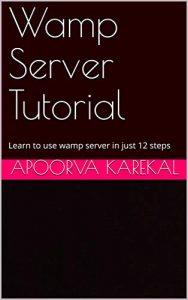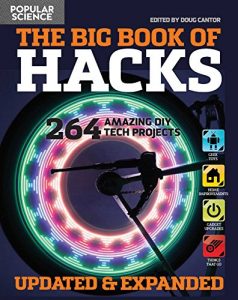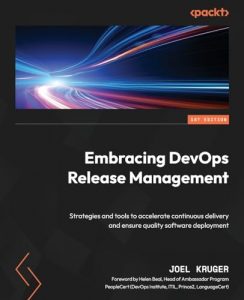1. Building Your Blog Site Simply with Astro v2 and TinaCMS: Learning Astro Basic Features While Building Jamstack Series (Japanese Edition)
For anyone looking to dive into web development, “Building Your Blog Site Simply with Astro v2 and TinaCMS” is a fantastic starting point. Author EBISUCOM introduces readers to the core concepts of Astro while guiding them through the process of creating a blog site. The step-by-step approach simplifies complex topics, making it accessible for both beginners and seasoned developers interested in the JAMstack architecture. Readers will not only learn about Astro’s basic features but also gain practical experience in building a contemporary blog, showcasing the potential of combining static site generation with dynamic content management systems.
2. Eleventy by Example: Create powerful, performant websites with a static-first strategy
Eleventy is taking the web development world by storm, and Bryan Robinson’s “Eleventy by Example” is the perfect guide to harness its potential. This book emphasizes a static-first approach, which is essential for creating fast-loading, user-friendly websites. Robinson’s tutorial-style writing, paired with relevant examples, lets readers see Eleventy in action. Each chapter is crafted to build upon the last, ensuring even those new to web development can effectively create dynamic sites. It’s an invaluable resource for developers of all levels who want to enhance their skills in building performant websites.
3. JAMStackを学ぶGatsby4+microCMSで作るコーレポートサイト 改訂新版 後編
If you’re interested in understanding how to leverage microCMS with Gatsby, “JAMStackを学ぶGatsby4+microCMSで作るコーレポートサイト 改訂新版 後編” by Atom Yah is a must-read. This Japanese edition provides a comprehensive look at integrating these technologies to create robust web applications. The detailed illustrations and real-world scenarios help demystify complex concepts, making it easier for readers to grasp the overarching principles of JAMstack architecture. This book equips developers with the knowledge needed to build scalable, efficient web projects using the latest tools.
4. Jamstack Radio
“Jamstack Radio” is an insightful podcast turned book by Heavybit that brings the latest discussions in the world of JAMstack to the forefront. It’s an excellent resource for developers who appreciate learning from industry experts and thought leaders. The book captures a variety of discussions that peel back the layers of JAMstack, exploring its benefits, challenges, and future. It’s designed for anyone eager to stay current in the fast-evolving web development landscape, providing them with a wealth of knowledge directly from the pioneers of the JAMstack movement.
5. That’s my JAMstack
In “That’s my JAMstack” by Bryan Robinson, readers are taken on a unique journey through the JAMstack world that emphasizes creativity alongside technical knowledge. This resource stands out due to its engaging narrative style that not only informs readers about the concepts of JAMstack but also inspires them to adopt these practices in their own projects. It highlights real-life applications and success stories, which can serve as motivation for individual developers and teams alike. Perfect for anyone looking to infuse more innovation into their web development efforts.
6. Building Static Websites with Gatsby and React
For those looking to master the art of static websites, “Building Static Websites with Gatsby and React” by John Au-Yeung is a practical guide packed with insights. This book demystifies the process of building robust, fast static websites using two of the most powerful web development frameworks available. The author takes readers through a step-by-step journey, offering clear explanations and hands-on projects that solidify learning. Ideal for both budding developers and experienced professionals seeking to refine their skills, this resource is a cornerstone for anyone determined to excel in modern web development.
7. Full-Stack Web Development Made Practical: A Step-by-Step Hands-On Guide from Basic to Advanced for Frontend and Backend Success (Japanese Edition)
Finn Webforge offers a comprehensive guide in “Full-Stack Web Development Made Practical”. This Japanese edition is ideal for those who wish to gain a solid understanding of both frontend and backend development. The hands-on approach allows readers to implement what they learn immediately, enhancing retention and skill development. Covering everything from the basics to more complex topics, this book is a perfect fit for anyone wanting a complete education in modern web development practices, from databases to user interfaces.
8. THE ULTIMATE GUIDE TO WEB DEVELOPMENT FRAMEWORKS: Master the Latest Web Technologies for Building Responsive Sites
“THE ULTIMATE GUIDE TO WEB DEVELOPMENT FRAMEWORKS” by CARTER, THOMPSON is a treasure trove of information for developers wanting to stay ahead of emerging web technologies. This resource dives deep into various frameworks, comparing their features and advantages for building responsive sites. It is meticulously organized, allowing readers to reference different sections as needed. This book is necessary for anyone involved in web development who wants to enhance their toolkit and ensure they’re making informed decisions in their technology choices.
9. The First Astro Website: Quick guide for Astro (Japanese Edition)
Miyoshi Aki provides a fun and engaging intro to static site development in “The First Astro Website”. Geared towards beginners, this quick guide explains how to efficiently set up your first Astro website, perfect for those looking to join the JAMstack revolution. With clear explanations and a straightforward approach, it eliminates the intimidation often felt by newcomers to the development field. This guide is perfect for aspiring web developers wishing to create dynamic, aesthetically pleasing, and functional websites with ease.
10. Getting started with Astro
Rounding out our selection, “Getting started with Astro” by Robert Guss is an essential read for those eager to understand this innovative framework. This practical guide takes readers through the initial setup and advanced features, ensuring a comprehensive understanding of Astro. Its hands-on tutorials empower readers to create their projects by applying what they learn. With web development trends increasingly leaning towards static site generators and headless CMSs, this book is a valuable investment in one’s development education.

